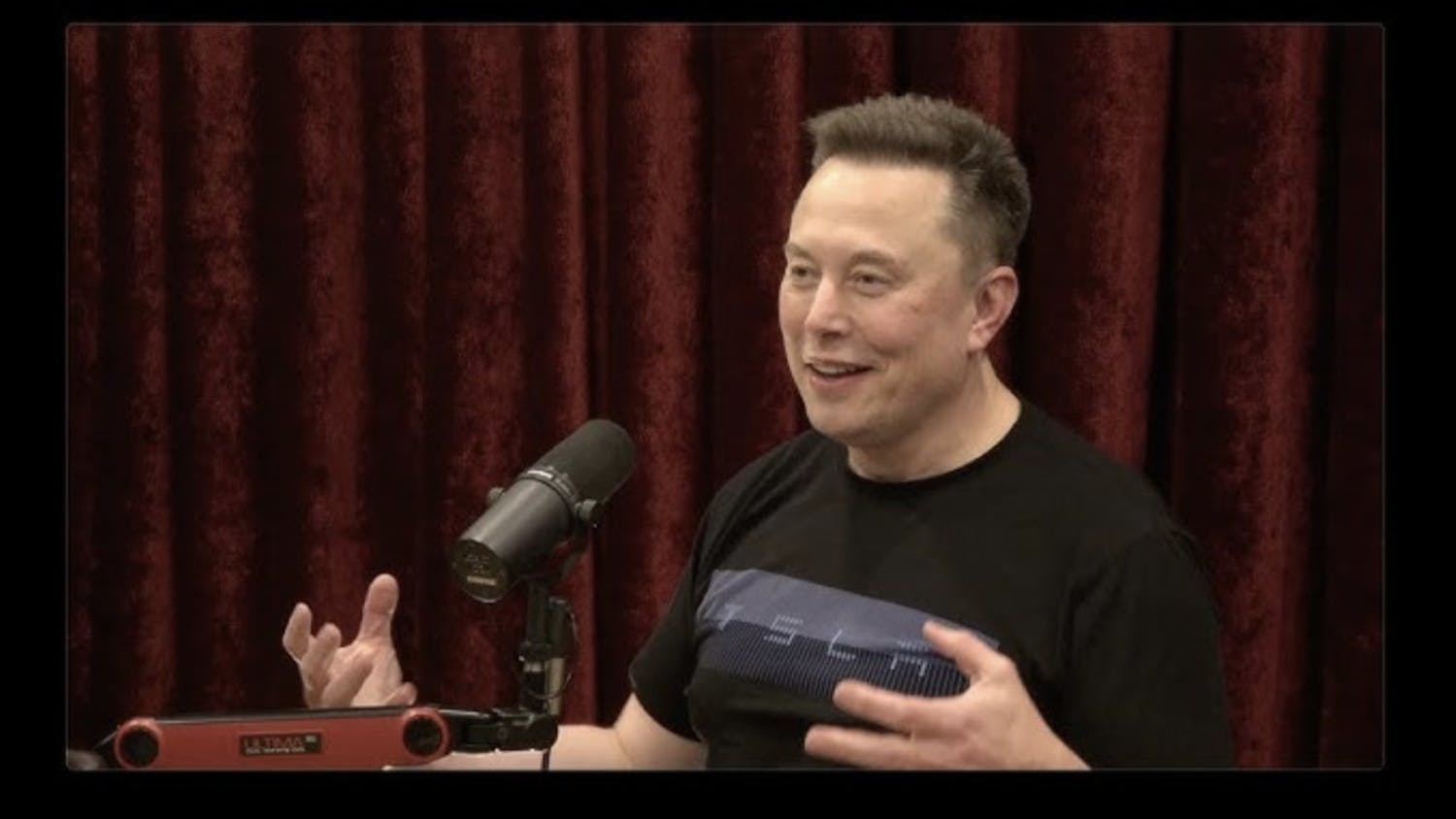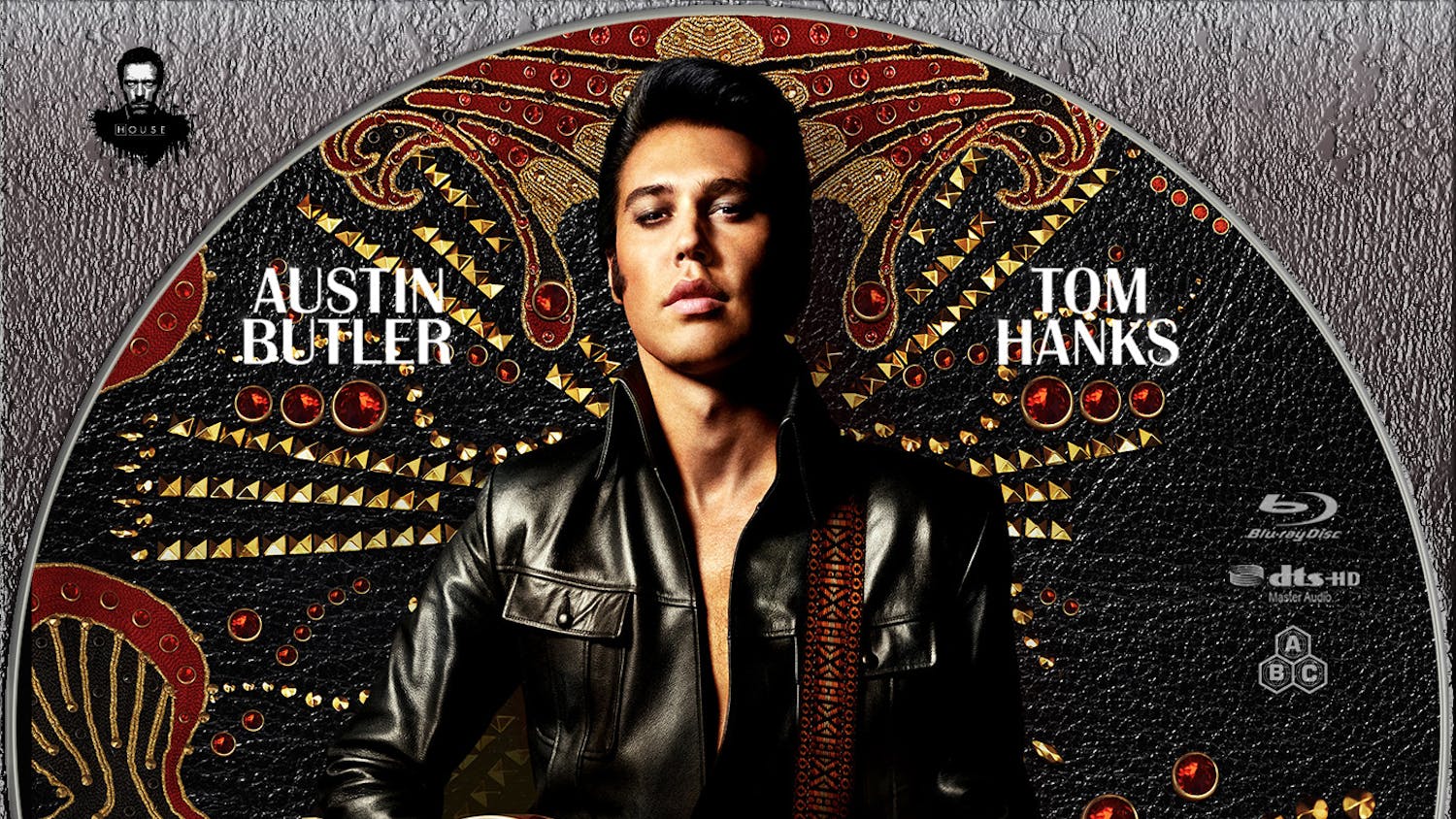Those zany left wing polemicists say the darndest things. Just as Noam Chomsky once famously declared that Richard Nixon was "the last liberal president," Michael Moore wrote that Bill Clinton was "a good Republican president."
Both claims contain a surprising amount of validity. Nixon was a moderate conservative in an excessively liberal era; ergo, his policies can be considered liberal in light of the shift toward conservativism that followed.
Similarly, Clinton defined himself vis-?-vis his Republican predecessors, namely Ronald Reagan.
Merely including Clinton and Reagan in the same sentence may seem blasphemous to some. Prior to the ascension of George W. Bush, these two were the most divisive presidents of our lifetime (both progressives and conservatives were lukewarm on Bush's father).
Depending on one's political affiliation, one man represented all that was right with politics and the other all that was wrong.
Yet these highly partisan reactions ignore the fundamental similarity between the two and the hard-to-miss observation that Clinton never would have been able to do the things he did had Reagan not cleared the path for him.
It is important to note that both Reagan and Clinton came to power during tough times. Both men were the embodiment of change in their respective eras.
As such, both were credited with improvements that took place during their terms, whether they deserved the credit or not.
Circa 1980, America was not in good shape. The presidencies of Lyndon Johnson and Richard Nixon had all but eliminated any faith that could be found in the federal government.
Failed domestic policies (largely Democratic in origin) brought the economy to the point of stagnation (or, more accurately, stagflation). Militant Iranians were holding 66 Americans hostage and President Jimmy Carter was unable to bring them home safely.
In light of these circumstances, Reagan campaigned on change. He became the poster boy for cutting taxes, reducing the size of government and restoring lost confidence. He capitalized on dissatisfaction with the present and used it to earn a decisive victory over Carter.
We now know, of course, that very few of the ideas that Reagan embraced and took credit for were actually his own. The supply side economic theories that have become synonymous with his name were developed in the 1970s by economists like Arthur Laffer and Milton Friedman.
Tax reduction and reform, some other Reagan "initiatives," were actually labors of love for Rep. Jack Kemp (R-N.Y.), who advocated them for years before sponsoring the Economic Recovery Tax Act of 1981.
Further, the Tax Reform Act of 1986 would have never gotten off the ground had it not been for the sponsorship of Democrats Bill Bradley and Dick Gephardt.
Despite having little to do with creating economic policy, Reagan was able to take credit for it because he supported it vocally and vociferously. This would set a precedent for Clinton to follow.
Flash forward to 1992. America was better off than it was in 1980, but not by a wide margin. Citizens were tired of huge deficits, stock scandals and the Washington insider culture that produced Iran-Contra. Into this period of discontent stepped William Jefferson Clinton, an "outsider" from Arkansas who campaigned on deficit reduction and middle class values.
Just as Reagan capitalized upon dissatisfaction with the incumbent, Clinton used America's distaste for - and distrust of - George H.W. Bush to secure the presidency.
Like Reagan, Clinton was able to take credit for much of the economic prosperity of his era, despite not being the cause of most of it.
While he showed dedication to reducing the deficit, he did so at the expense of a planned middle class tax cut. He also was elected at a time in which the economy was already in the early stages of a period of growth that would extend through several years of his administration.
Lastly, the spending cuts and government reduction (welfare reform et al.) that made his presidency economically prosperous didn't occur until after Republicans took control of the House of Representatives in 1994.
However, because Clinton followed Reagan's lead in championing whatever policy was likely to make him look good, he was able to absorb praise for the economic gains of his tenure.
Reagan also showed Clinton the importance of charisma. Dubbed "The Great Communicator," Reagan was an extremely gifted speaker. A former actor, he often came across as witty, knowledgeable and humane, even when he was lying through his teeth or didn't have a clue what he was talking about.
Rhetorical gems, such as his speech following the Challenger shuttle disaster, easily overcame gaffes like "Facts are stupid things." It is this charismatic ability that allowed Reagan to conquer his critics in the eyes of the public.
Clinton, a former law school professor, also learned the value of charismatic appeals. A talented orator, he was able to sound convincing regardless of what lies escaped his lips.
Blunders such as "I did not inhale" were swept aside by winning words like, "There is nothing wrong with America that cannot be cured by what is right with America." Clinton, like Reagan, became impervious to attack based on rhetorical strength alone.
Much of Clinton's controversial foreign policy had its roots in Reagan's foreign policy approach as well. Both presidents exhibited a remarkable short-sightedness in foreign policy vision that left a mess for future administrations to clean up.
The fiction of the Reagan administration is that the president defended liberty abroad and single-handedly brought down the evil Soviet Union. While Reagan often spoke about liberty, his foreign policy ran counter to it.
From arming Islamist terrorists in Afghanistan to backing Saddam Hussein in Iraq to supporting murderous Contras in Nicaragua and apartheid in South Africa, Reagan's foreign policy approach was nothing short of appalling. Even more spectacularly, he used tax dollars to subsidize a genocide in El Salvador then denied it (the infamous El Mozote massacre)!
Yet because his administration bullied the press, shrouded itself in secrecy and maintained a well-oiled propaganda machine, Reagan himself emerged with few scrapes and bruises.
Clinton, for his part, utilized an eerie sort of post-Reaganism in his foreign policy approach, simultaneously rejecting and espousing Reagan's "victory at all costs" ideology. Clinton's ill-fated foray into Somalia represents a rejection of Reaganism. In contrast to the brutal-self interest shown during Iran-Contra, the United States had nothing to gain by intervening in Somalia (save for repairing its reputation).
However, a lack of insight, planning and dedication on Clinton's part doomed this "humanitarian" military action.
More traditional Reaganist tactics came into play with Clinton's handling of the war in Kosovo. As was the case with Reagan, he made a conscious effort to shut out the media.
And, just as Reagan attempted to paint the Contras as good guys (he once drew an inexplicable connection between them and our Founding Fathers), Clinton engaged in some heinous spin when he tried to turn less than 3,000 deaths into a 100,000-casualty genocide.
Because Clinton utilized both Reaganist and anti-Reaganist approaches, he achieved few foreign policy gains. Whereas Reagan was merely malicious, Clinton was both malicious and inept, sealing his legacy as one of the most ineffective commanders-in-chief in recent history.
The final area in which Reagan set a precedent for Clinton to follow was damage control. Throughout his presidency (and perhaps even beforehand), Reagan was rocked by rumors of scandal.
In addition to the pass? Iran-Contra affair, Reagan took heat for the looting of the Department of Housing and Urban Development (HUD) and the appointment of James Watt. Among the more outrageous claims made were that he delayed the release of hostages in Iran for political gain (the October Surprise theory), had John Tower and John Heinze killed and raped Selene Walters in her home in 1952.
The Reagan administration's strategy for handling these claims was to use their viciousness as a point of attack against political opponents.
Reagan's designated spinners, Pat Buchanan and Larry Speakes, posited the idea that the very scandalous nature of these claims was only more evidence that the hostile media was out to get the president.
It was a tactic that was well received, as Reagan had a career average approval rating of 57 percent.
Even more so than Reagan, Clinton found himself embroiled in scandal. Whitewater and Monicagate were part of a long line of shenanigans that got Clinton in trouble.
Among the others were illegal campaign donations, last-minute pardons and yet another HUD scandal. Like Reagan, Clinton was a frequent target for conspiracy theorists. Claims surfaced that he had Ron Brown and Vincent Foster killed and raped Juanita Broaddrick.
Clinton, like Reagan, deflected these accusations by turning them against the accusers. The more Republicans accused Clinton of doing, the more "proof" it was that they were out to get him for purely partisan motives (hence, the vast rightwing conspiracy).
Also like Reagan, Clinton used this tactic to great success - he left office with one of the highest job approval ratings in recent memory.
Given that Clinton emulated Reagan in many ways, the Republican backlash against him is suspicious. As Matt Esposito alluded to last week, however, the way we interpret similar actions might be very different depending on the letter (D or R) that accompanies a person's name.
Moreover, it's possible that Republicans place a greater emphasis on character than their Democratic counterparts (though if this were true, how does one explain Tom DeLay or Newt Gingrich?).
Reagan led a mostly virtuous private life, serving in the military and excelling as a lifeguard before taking up acting. Clinton, in contrast, led a life that revolved around dalliances with women not named Hillary and shady business deals.
Thus, an argument could be made that if Clinton was "a good guy" like Reagan, he too would have been forgiven for his many trespasses.
Between the two of them, one thing is clear: we should exercise greater scrutiny in selecting our leaders. What we tolerate now, we cannot object to later.
Democrats have learned this lesson with the advent of the Wilsonesque Bush doctrine, and, one day, Republicans may find themselves faced with a Democratic president who acts a lot like a certain grammatically-challenged Texan.






